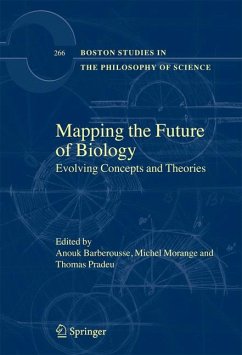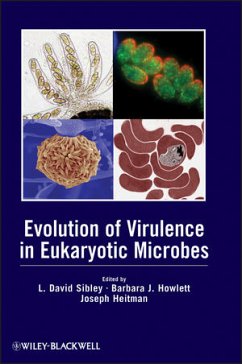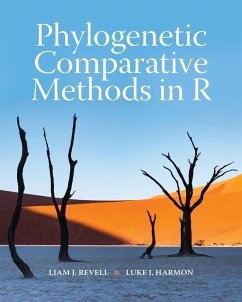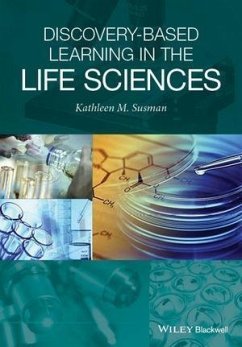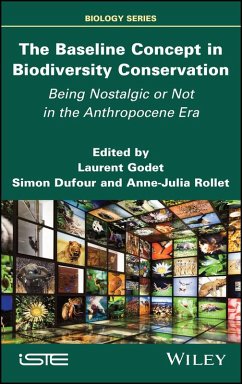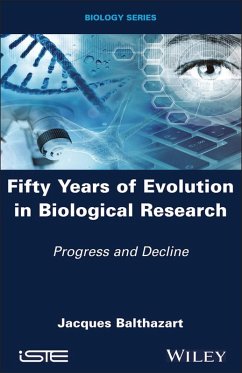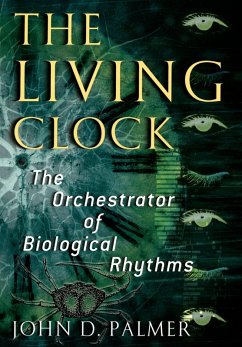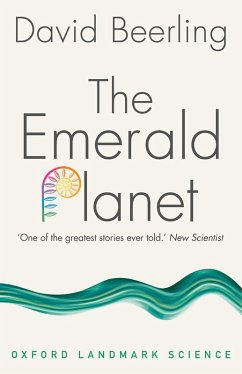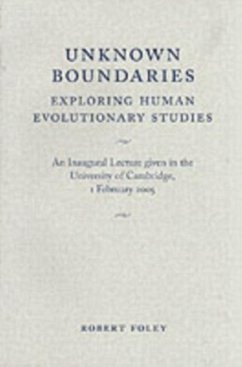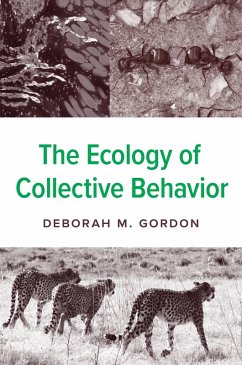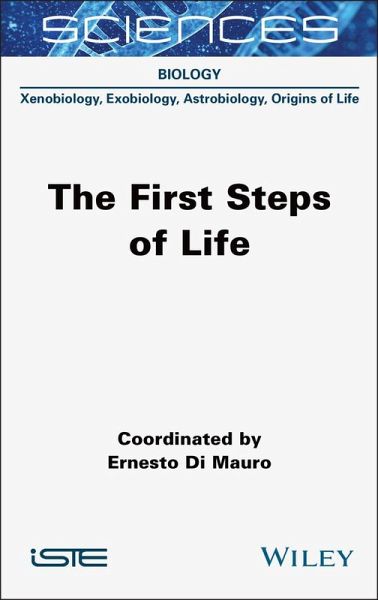
The First Steps of Life (eBook, PDF)
Versandkostenfrei!
Sofort per Download lieferbar
142,99 €
inkl. MwSt.
Weitere Ausgaben:

PAYBACK Punkte
0 °P sammeln!
Origin of Life studies have a nearly-impossible goal: understanding nature through the comprehension of its origins and its complexities. As a growing field with poorly-defined borders, Origin of Life studies profit from progress in other disciplines.This book proposes both an overview of this large area and an in-depth look at the opinions and results obtained by some of the active contributors of this fascinating and deeply thought-provoking matter.The topics are presented in a bottom-up order, first touching on the habitability of the universe, then the rationale behind meaningful prebiotic...
Origin of Life studies have a nearly-impossible goal: understanding nature through the comprehension of its origins and its complexities. As a growing field with poorly-defined borders, Origin of Life studies profit from progress in other disciplines.
This book proposes both an overview of this large area and an in-depth look at the opinions and results obtained by some of the active contributors of this fascinating and deeply thought-provoking matter.
The topics are presented in a bottom-up order, first touching on the habitability of the universe, then the rationale behind meaningful prebiotic chemistry, the possible or probable prebiotic chemical frames, the problem of chirality, and moving on through the role of minerals in biogenesis, biogenic fertile environments, the in-and-out problem as solved by vesicles physics, the evolution of the codes, the structure of LUCA and its proto metabolisms and the meaning of complex extant biological biomorphs, as exemplified by viroids.
These topics and the reasoning within the chapters are provided against the backdrop of the evolution of information and complexity.
This book proposes both an overview of this large area and an in-depth look at the opinions and results obtained by some of the active contributors of this fascinating and deeply thought-provoking matter.
The topics are presented in a bottom-up order, first touching on the habitability of the universe, then the rationale behind meaningful prebiotic chemistry, the possible or probable prebiotic chemical frames, the problem of chirality, and moving on through the role of minerals in biogenesis, biogenic fertile environments, the in-and-out problem as solved by vesicles physics, the evolution of the codes, the structure of LUCA and its proto metabolisms and the meaning of complex extant biological biomorphs, as exemplified by viroids.
These topics and the reasoning within the chapters are provided against the backdrop of the evolution of information and complexity.
Dieser Download kann aus rechtlichen Gründen nur mit Rechnungsadresse in D ausgeliefert werden.




